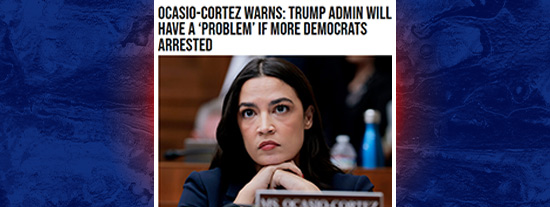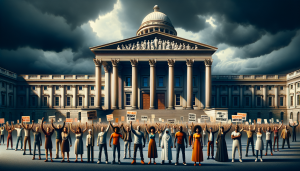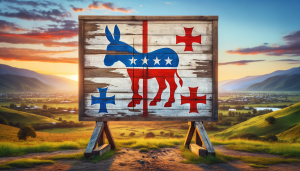Town halls, f-bombs and Elon Musk: How Democrats are waging a new messaging war

Democratic Challenges in Gaining Voter Confidence
Minnesota Governor Tim Walz has expressed concerns about the Democratic Party’s ability to effectively counter President Donald Trump’s assertive use of executive power. Despite his efforts to connect with voters across various states, from Wisconsin to Texas, and hosting town halls in predominantly conservative districts, Walz admits that the Democratic Party’s message may not be resonating as intended.
Walz highlighted a shift in perception among Americans regarding the Democratic Party’s commitment to supporting the working and middle class. He noted, “There was no misunderstanding when I was growing up that the Democratic Party stood for supporting programs that helped the working and middle class in labor. If you ask a large number of Americans now, they’re not certain of that.” This uncertainty is compounded by a view of the party as potentially elitist and overly bureaucratic.
Searching for Leadership and Direction
Amidst growing frustration within their base, Democrats are struggling to find a unified direction and leadership. Prominent figures like Senator Cory Booker and Senator Elizabeth Warren have openly acknowledged the need for the party to be more vocal and proactive. The lack of a clear leader has left voters like Robyn Jason of Wichita, Kansas, questioning the direction of the party.
Despite these challenges, there are signs of renewed energy and engagement at public events, according to Walz. He emphasized the importance of adapting communication strategies to better connect with diverse audiences, drawing from his experience as a teacher to illustrate this point.
Strategic Shifts and New Approaches
|
Democrats are venturing into traditionally Republican territories, both physically and through media such as podcasts and online platforms. California Governor Gavin Newsom, for instance, has started a podcast featuring guests aligned with MAGA ideologies, admitting that the Democratic brand has become “toxic.” This approach mirrors strategies used by President Trump to engage directly with the public through various media.
Moreover, Democrats are increasingly focusing on direct action through protests and public demonstrations to connect with voters. This shift is part of a broader strategy to challenge Republican policies actively and remind voters of the impacts of these policies, even in conservative strongholds.
Utilizing Legislative Tools Against Trump’s Agenda
Senator Elizabeth Warren emphasized the importance of using every available legislative tool to oppose President Trump’s agenda. Despite the challenges posed by a Republican-controlled Congress, Democrats see opportunities to leverage tools like the filibuster to stall legislative progress and highlight issues through oversight and investigations.
Public Messaging and Social Media Engagement
The Democratic Party is also revamping its communication tactics, adopting a more straightforward and sometimes coarse language to resonate with younger audiences on platforms like social media. Recent posts have directly addressed criticisms and used humor and memes to engage with followers, reflecting a more aggressive and relatable communication style.
Focus on Voter Concerns Over Party Image
Recent polling suggests that focusing on specific issues like potential cuts to entitlement programs by figures such as Elon Musk, head of the Department of Government Efficiency, could be more effective in garnering voter support than personal controversies. Democrats are encouraged to prioritize issues that directly affect voters’ lives and to adopt more dynamic and accessible communication methods to reach a broader audience.
As the party continues to navigate these challenges, the emphasis remains on reconnecting with voters and refining their message to effectively counter the current administration while addressing the concerns and priorities of the American public.









No Comments